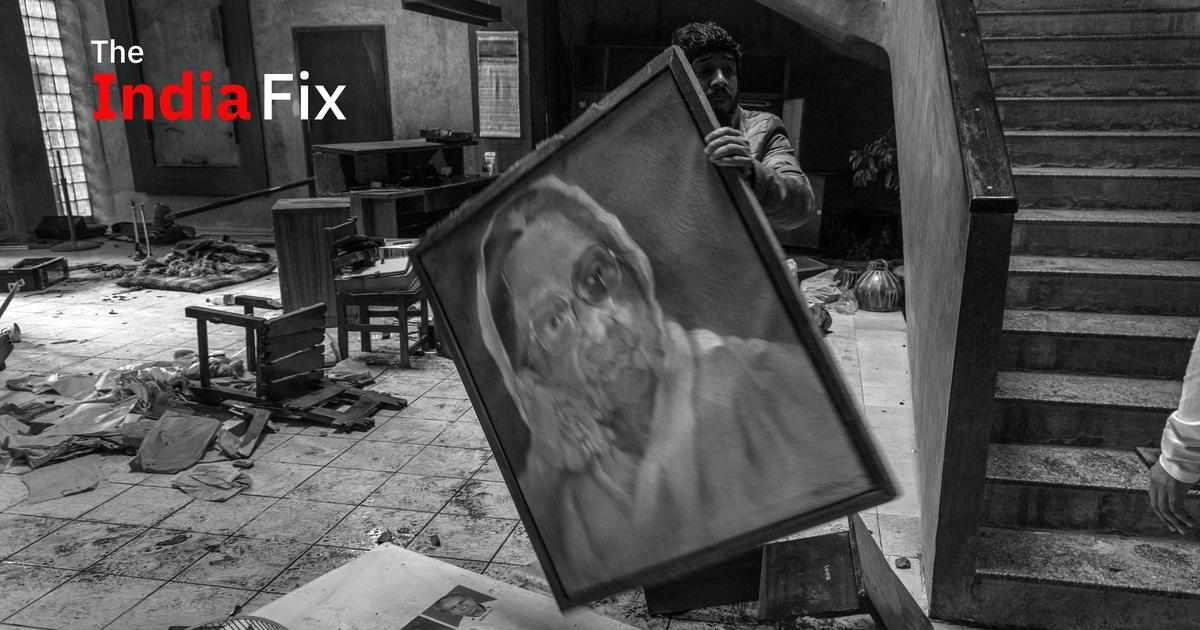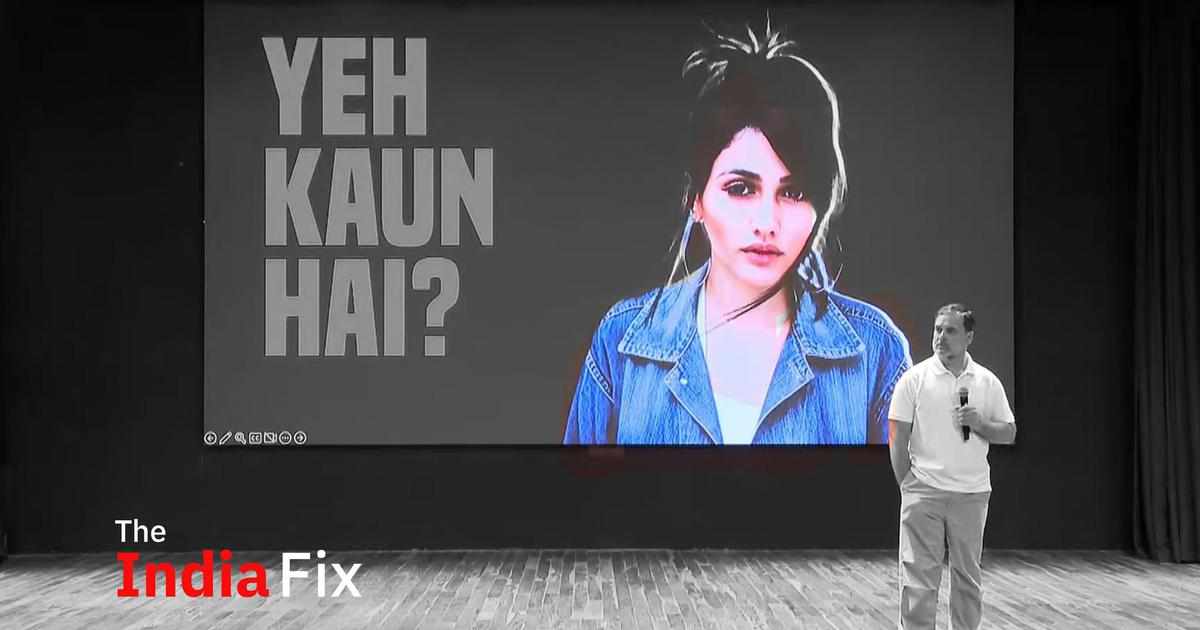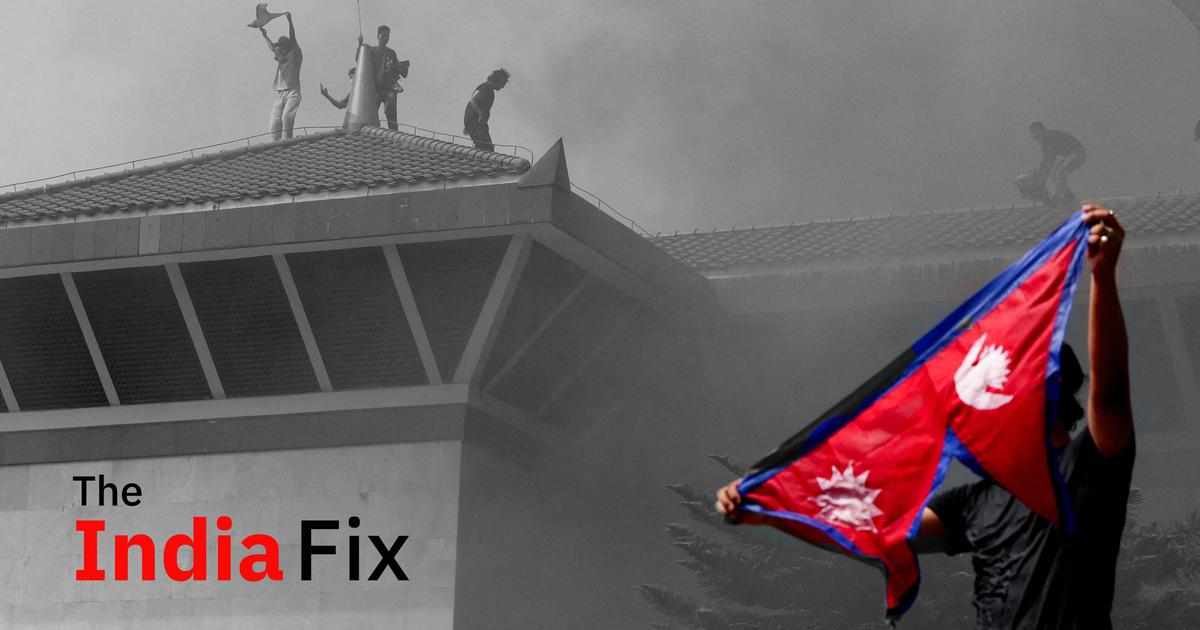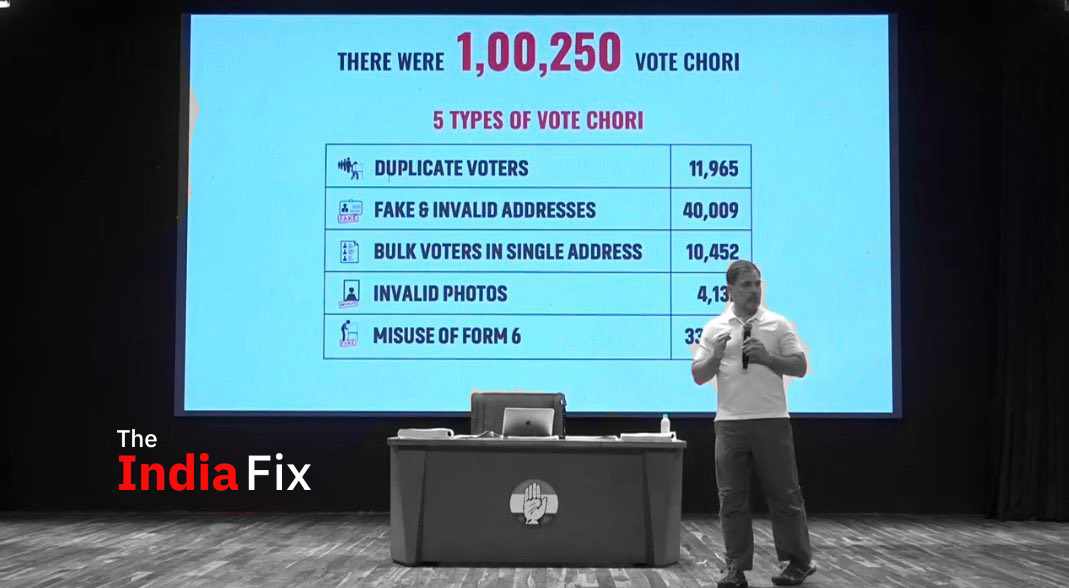
Welcome to The India Fix by Shoaib Daniyal, a newsletter on Indian politics. As always, if you’ve been sent this newsletter and like it, to get it in your inbox every week, sign up here (click on “follow”).
Have feedback, interesting links or think I am wrong? Write to me: theindiafix@scroll.in
As part of its strategy of pushing caste equity to combat the Bharatiya Janata Party’s Hindutva plank in the Hindi belt, the Opposition has promised to remove the 50% cap on caste-based reservations set by the Supreme Court. This comes right after the Bihar government released caste census data showing that nearly 85% of the state would be entitled to avail of caste quotas.
Under its “jitni abadi, utna haq” slogan – benefits in accordance with caste numbers – the Congress argues that the 50% limit makes little sense if the population eligible for reservations in educational institutions and government jobs is much larger.
As I have written before, there are some significant infirmities with the 50% cap. For one, this limit was not put into place by elected policy makers. It was instituted in 1992 somewhat arbitrarily by a court, which simply described it as “reasonable” with little reference to legal precedent, constitutional statute or law.
Supporters of the cap, however, argue that it is necessary since reserving the majority of seats in educational institutions and government jobs would hurt the idea of merit. Indeed, while affirmative action is practised by a number of countries, the idea that it would encompass the majority of seats and jobs with the most of the population being covered is rare. In China, for example, only ethnic minorities are eligible for affirmative action. Similar was the case in the United States.
Across the spectrum
Despite quotas for the numerical majority being rare, the suggestion of breaching the 50% limit is supported by almost all major political players in India. The Opposition has, as we have mentioned, called for the cap to be overturned. The Bharatiya Janata Party has, in a way, already overturned the cap by instituting reservations for low-income members of the upper castes under the Economically Weaker Sections quota.
This means that, in effect, 59.5% of seats are now distributed as per affirmative action criteria. In fact, the Supreme Court in 2022 upheld the Economically Weaker Sections quota even though it breached the 50% limit, maintaining that the cap related only to caste-based reservations.
Why the cap held only for caste and not economic criteria was not made clear by the court. But what was noteworthy was that even the Supreme Court – along with nearly all political parties – had no issue per se with reserving the majority of seats for affirmative action programmes. Even more intriguingly, the Supreme Court has allowed Tamil Nadu’s 69% caste quota to stand for decades.
In short, nearly every major policy maker in India agrees on the point of the majority of seats being reserved, even as they might not concur on which criteria are to be used: caste or income.
Clearly, there is something significant driving this demand that has forced nearly all major parts of the Indian political firmament and even the courts to bend to the idea of reservations dominating education and government employment.
Not enough jobs
To understand why these quotas are so sought after, it is necessary to take a quick look at India’s employment situation.
India liberalised its economy in the early 1990s. Since then, the gross domestic product has grown at a handsome clip. However, as is now becoming increasingly clear, the effects this has had on employment are less than impressive.
The State of Working India report 2023 maps this out thoroughly. Compared to other developing countries, India adds fewer jobs for the same rate of change in gross domestic product. Most remarkably, the data shows that there is no relationship at all between economic growth and employment growth in India. “What this means is that far from employment growing faster when GDP grows faster, years of fast GDP growth have, on the contrary, tended to be years of slow employment growth,” the report emphasises.
As a result, India’s much-lauded post-liberalisation growth has had uneven benefits for most Indians in terms of employment. Unlike China, Vietnam or even Bangladesh, India has been unable to generate mass jobs growth in the manufacturing sector.
Graduates are not getting employment
Even more pertinent is the report’s findings that India’s unemployment is largely concentrated among its young graduates. The unemployment rate for young graduates is currently a whopping 42%. However, this number drops sharply as these young men and women age. For graduates older than 40, it is just 1.6%. While there is no hard data on this, the report hints that this sharp gradient signifies that many graduates are settling for low-paying jobs that do not match their qualifications.
This data explains the near-mad rush for government jobs among young Indians. In 2022, for example, there were job riots in Uttar Pradesh and Bihar over railway recruitment. With little employment and the only other prospect being settling for low-paying, low-quality jobs, the secure income of a government job is a golden ticket for a young person in the job market.
Clearly then, the massive push towards expanding quotas reflects the anxieties of young Indians aspiring for government employment, given that the rest of the job market offers few bright prospects. This becomes even more urgent since trends such as social mobility get worse among backward classes, Dalits and Adivasis, thus making a caste-based quotas even more compelling.
Tall promise
Despite this push to widen the quota pool, the number of government jobs has actually been declining sharply with economic liberalisation. Data from the Hindustan Times shows that public sector employment was only a little more than a tenth of all salaried jobs in 2019-’20, down from a third two decades earlier.
Thus, even as the idea of lifting the 50% cap has wide approval in the political arena, its benefits would be modest in terms of actual jobs. Remember, white collar jobs are itself a small section of the Indian labour market and that the cap would only affect a subsection of them: government jobs.
The Opposition is hoping that voters gloss over the fine print. It hopes that an aspirational India, hard-pressed by financial distress, will be willing to accept a new economic promise – just like they did not question Modi in 2014 when he promised “acche din” or good times.






















Write a comment ...